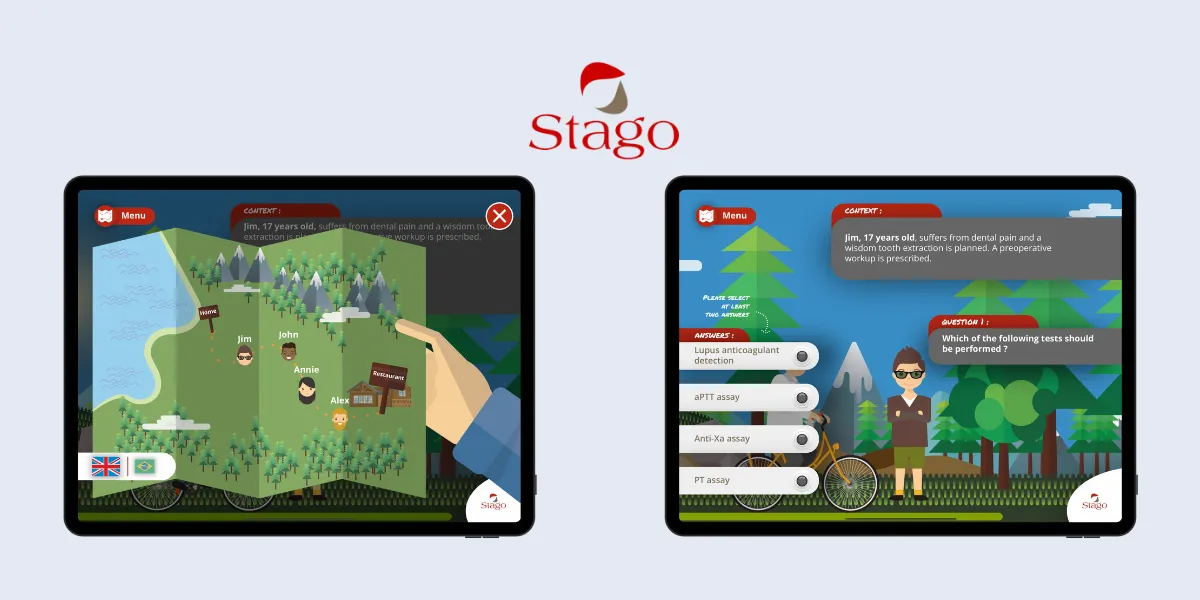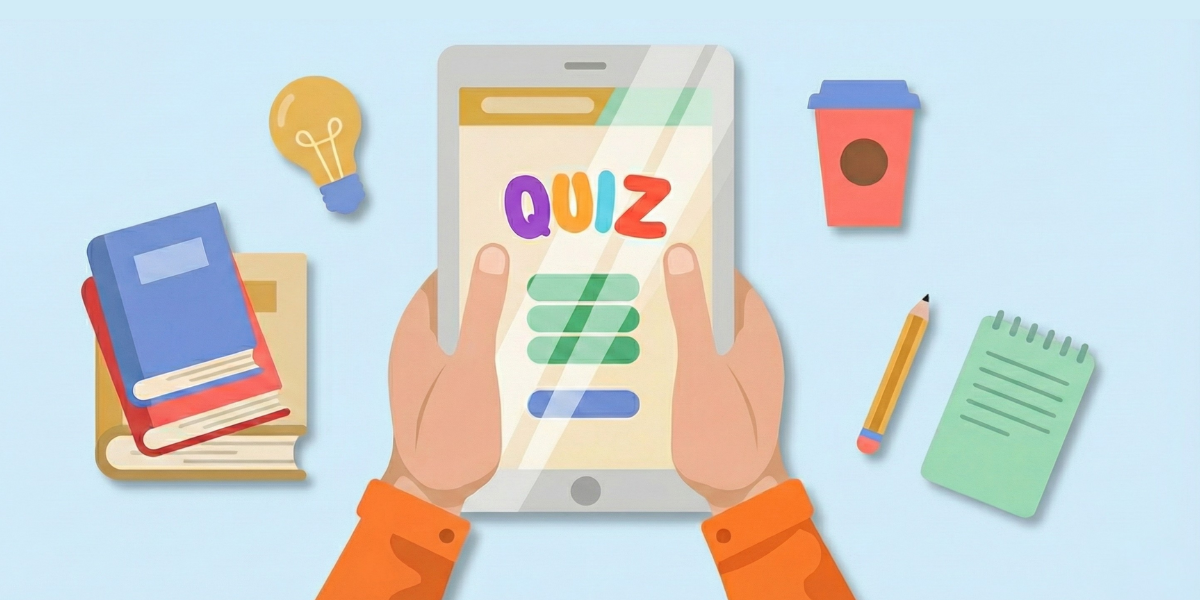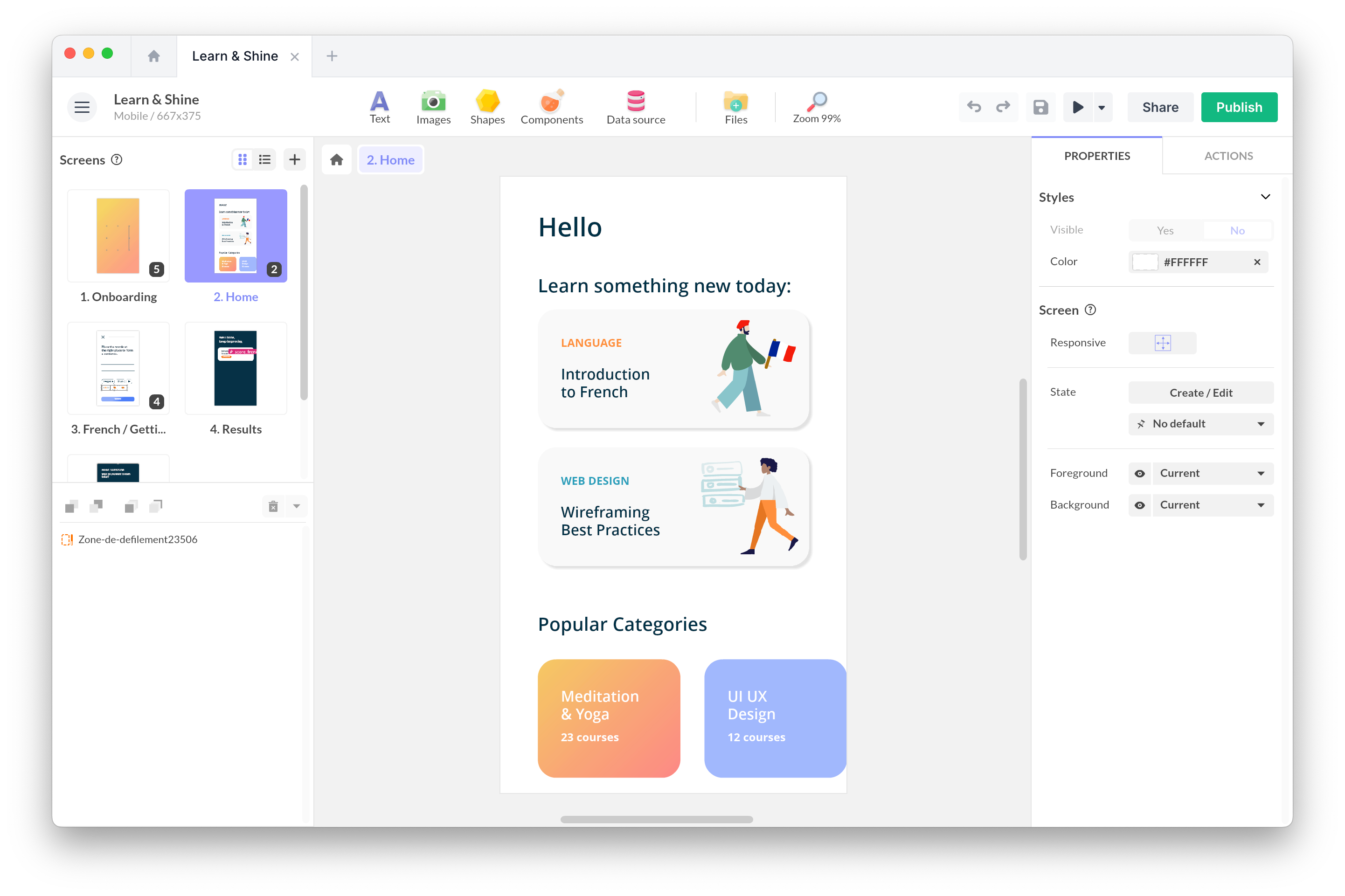Thu, Jun 15, 2023
The Super-Power of Gamification in Digital Learning

Do you remember the last time you played a game and lost track of time? Imagine if learning could be just as captivating. This is where gamification comes into play. In a world where attention is a scarce commodity, gamification emerges as an innovative solution to engage and train effectively.
What is gamification?
Gamification is much more than just points and badges. It’s the art of introducing playful elements into traditionally non-playful contexts.
In the realm of training, this means transforming sometimes tedious learning modules into engaging and memorable experiences. But be careful, gamification doesn’t turn training into a game; it simply uses game mechanics to boost engagement and retention.
The Superpowers of Gamification
Gamification isn’t just about making learning fun. It aims to improve information retention, strengthen the application of skills, and enrich the overall learner experience.
By introducing game elements into training, learners are more inclined to actively engage, participate, and ultimately, get the most out of the training.
The Different Faces of Gamification
Gamification comes in several formats, each tailored to specific needs and contexts. Whether you’re looking to test knowledge, simulate real-life situations, or encourage collaboration, there’s a format for you.
Here are some of the most popular approaches:
- Quizzes: An interactive way to test knowledge and stimulate thinking.
- Serious games: Learning through playful scenarios that simulate real-life situations.
- Escape games: Puzzles to solve to progress, promoting collaboration and problem-solving.
- Role-playing games: Stepping into a character’s shoes to better understand situations or concepts.
- Board games: Group learning, promoting discussion and collective decision-making.
Gamification in Action
To better visualize the impact of gamification, it’s best to delve into concrete cases that have shaped the training world:
Duolingo
Duolingo is a mobile and web application for language learning. In a world where mastering multiple languages has become essential, Duolingo sought to make this learning accessible to everyone, free, and most importantly, fun.
Duolingo has managed to stand out from the competition by making daily learning consistent and addictive through gamification mechanisms such as streaks, XP points, levels, weekly competitions, and hearts. The app boasts over 300 million active users and has shown that 34 hours on Duolingo equate to a university semester of language courses.
Stago
Stago, a company specializing in hemostasis diagnostic solutions, used gamification to make its medical training more engaging and memorable.

Gamification mechanisms included interactive scenarios, immediate feedback, leaderboards, and badges and rewards. The results showed better information retention and a greater interest in future training.
The Gamification Toolkit
Ready to take the plunge?
Here are some techniques to turn your training into an unforgettable adventure:
- Points: A simple yet effective way to motivate and track progress.
- Badges: A visual recognition of acquired skills and achievements.
- Levels: Clear progression that reinforces the sense of accomplishment.
- Challenges: Nothing like a good challenge to stimulate engagement.
- Scenarios: Real-life situations for concrete application of knowledge.
- Leaderboards: A bit of friendly competition to spice things up.
- Rewards: A little extra to recognize efforts and achievements.
Focus on the G.A.M.E. Method
The G.A.M.E. method is somewhat like your grandmother’s secret recipe for successful gamification. Follow these steps, and you’re guaranteed a memorable experience:
- G - Goals: Before starting, it’s essential to clearly define the objectives you aim to achieve: increase user engagement, improve information retention, boost participation in a program, or any other specific goal.
- A - Actions: Once the objectives are defined, you need to determine the actions users must undertake to achieve these goals. This could include actions like completing a lesson, sharing content, achieving a certain score, etc.
- M - Motivation: Motivation is at the heart of gamification. It’s about understanding what motivates your target audience and using these motivations to encourage them to undertake the desired actions. This could include rewards, badges, points, leaderboards, etc.
- E - Evaluation: After setting up your experience, it’s crucial to regularly evaluate its effectiveness through relevant metrics or user feedback and adjust your approach based on the results obtained.
Conclusion
Gamification is much more than just a tool. It’s a genuine philosophy aimed at making learning more engaging and memorable. And with tools like PandaSuite, integrating gamification into your training modules has never been easier. So, ready to transform your training with gamification?





